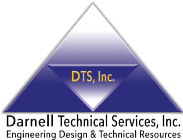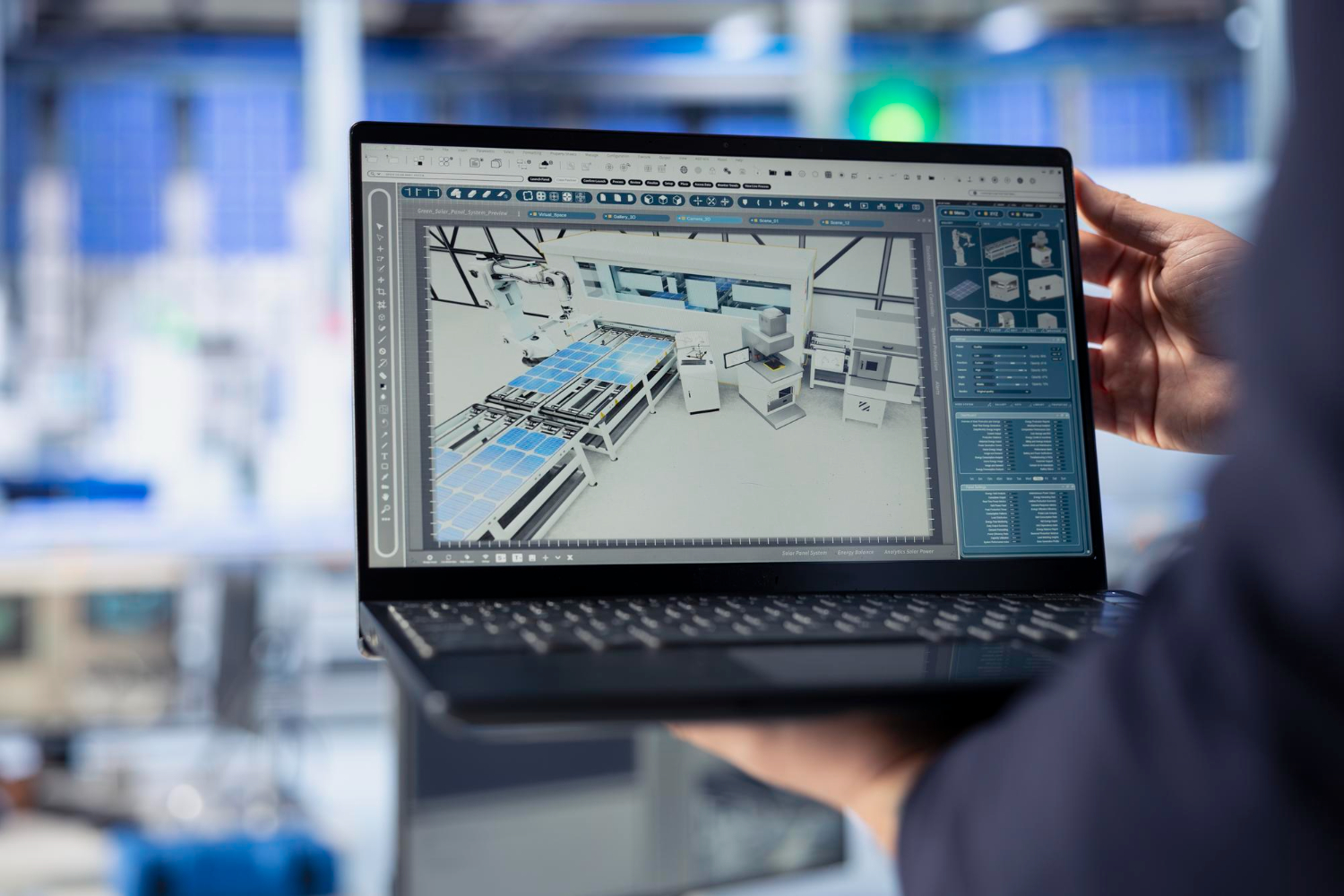Engineering managers, project leaders, and design professionals know that time saved is money earned, especially when working on complex infrastructure, architectural, and engineering projects. Bentley MicroStation, one of the most widely used CADD software solutions, offers a robust set of tools and features to improve drafting accuracy, speed, and overall workflow efficiency. However, many of these productivity-enhancing features often remain underutilized, leaving potential hours of savings untapped.
This article highlights some powerful yet often-overlooked features in MicroStation that can streamline your design processes, boost productivity, and enhance project accuracy. By incorporating these into your workflow, you and your team can achieve faster, more precise results while minimizing errors.
Why Productivity Features in CADD Tools Often Go Unnoticed
Despite enterprise-level investments in CADD software like MicroStation, many advanced tools and functionalities go unnoticed by engineering teams. Why?
- Lack of Training – Whether due to time constraints or budget limitations, many professionals only receive basic training on CADD platforms, leaving advanced features unexplored.
- Focus on Deadlines – When facing a tight schedule, users tend to stick with familiar tools and methods rather than experimenting with advanced features that might have a learning curve.
- Evolving Updates – Software like MicroStation frequently releases updates with new tools and enhancements. Without regular training, users often miss out on these advancements.
Recognizing the potential of hidden features in MicroStation is the first step toward better engineering productivity. Below, we explore some of the most valuable tools and tips to help you maximize the platform’s capabilities.
Essential MicroStation Shortcuts and Customization Options
Mastering shortcuts and customizing your work environment in MicroStation can significantly enhance your drafting speed and accuracy.
Customize Ribbon and Toolboxes
MicroStation allows users to personalize their ribbon and toolbox layouts to reflect their specific workflow needs. By organizing frequently used commands and tools in an easily accessible manner, users can reduce time spent searching through menus.
How to Set It Up:
- Go to the “Customize Ribbon” option in the settings menu.
- Drag and drop commands to create custom tabs and workflows tailored to your projects.
Keyboard Shortcuts for Lightning-Fast Operations
Assigning keyboard shortcuts to common tools can save you valuable seconds that add up over time. For example, toggling between tools, levels, or views is much faster with defined shortcuts.
Pro Tip: Use the Function Keys Menu under “Workspace > Function Keys” to configure custom shortcuts for high-frequency commands.
Leveraging AccuDraw, AccuSnap, and Level Display Efficiently
AccuDraw – Enhance Precision and Speed
AccuDraw simplifies drafting by dynamically aligning tools with the geometry of your project. Whether aligning a line to an existing shape or defining precise angles, AccuDraw accelerates complex drafting tasks.
Quick Tip: Activate the shortcut “Spacebar” to toggle AccuDraw on or off as needed, keeping your workflow adaptable.
AccuSnap – Streamline Snap Accuracy
AccuSnap enhances productivity by providing smart snapping options for connecting design elements. This tool ensures accurate placement of geometry, minimizing errors in alignment. Customize snap preferences to suit specific project requirements under “AccuSnap Settings.”
Level Display – Organize Your Workflow
The Level Display tool allows you to manage the visibility of drawing elements by layer. For large-scale projects, turning off unnecessary levels can significantly improve drawing responsiveness and reduce visual clutter.
Efficiency Tip: Use the “Isolate Level” feature to focus on specific parts of your project without losing sight of the bigger picture.
Tips for Managing Large Projects with Reference Files and Workspaces
Handling large-scale projects with extensive files requires strategic organization to maintain peak productivity. MicroStation’s reference file system and workspace customization tools can help teams collaborate effectively and avoid file management headaches.
Reference Files for Better Collaboration
Reference files act as external attachments that maintain a link to your master design without overloading your working file. This feature enables multiple team members to work simultaneously on different segments of a project while maintaining consistency.
Best Practice: Nest related reference files to maintain hierarchical organization and prevent accidental overwrites.
Workspaces for Custom Environments
MicroStation workspaces allow you to define project-specific environments with customized settings, such as file paths, level structures, and standards. This ensures consistency across different stages of your project and simplifies transitions between designs.
Training and Technical Staffing Support for MicroStation Users
Implementing advanced tools and techniques in MicroStation often requires guidance from experts. Teams that invest in periodic training sessions unlock the software’s full potential and keep up with evolving design standards.
Additionally, partnering with a technical staffing company ensures you have the right talent to optimize your project workflows. Skilled professionals can help configure custom environments, streamline processes, and handle specialized project tasks.
Looking for Trusted Technical Talent or Project Support?
At Darnell Technical Services, we connect companies with skilled professionals in engineering, architecture, and infrastructure. Whether you need temporary staffing or long-term project support, we’re here to help you succeed.
📞 Contact us today at Corporate (714) 285-0082 or Las Vegas Office (702) 829-8446 — let’s build something great together.








